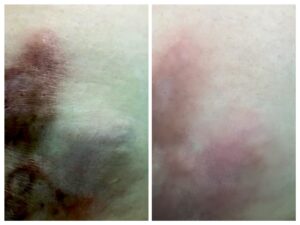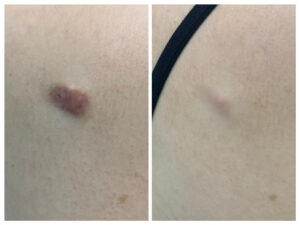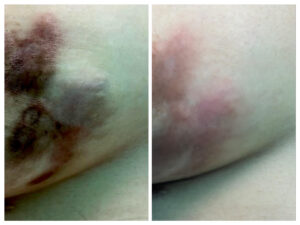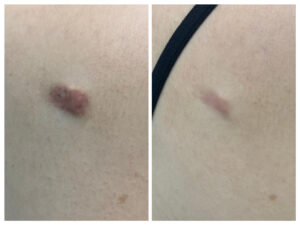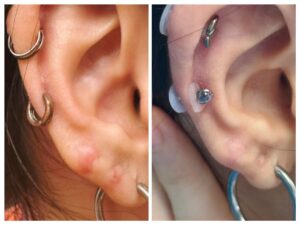Scar classification
After a person’s skin is damaged, scars may form. The following are the four major types of scars. 1. Superficial Scar:- Scars form when a wound affects only the epidermis or superficial dermis of the skin.
- There will be no bumps or depressions, only localized pigmentation in the injured area, which can gradually fade with proper care and sun protection.
- During the skin repair process, the destruction of collagen causes sunken scars on the skin, which often appear after abscessed acne or chickenpox.
- A dimpled appearance of the skin’s surface, similar to grooves or pits.
- Scars form due to the body’s overproduction of collagen during the healing process after an injury to the skin.
- It is generally dark red, protruding from the skin surface, slightly hard to the touch, and accompanied by itchiness. It usually appears within one to two months after the wound heals, and can persist one to two years before gradually shrinking, flattening, and softening.
- The cause is similar to hypertrophic scars, which is a skin problem caused by the proliferation of fibroblasts and is also related to genetic factors.
- It usually appears as a prominent red or dark scar tissue that may be painful, itchy, or burning, resembling a crab’s claws. Keloids will not go away on their own and may grow over time beyond the original area of the injury.
Scar overgrowth treatments
Common treatments for scarring include medication injections, surgical excision, freezing and laser treatments, each of which has its own potential risks and side effects.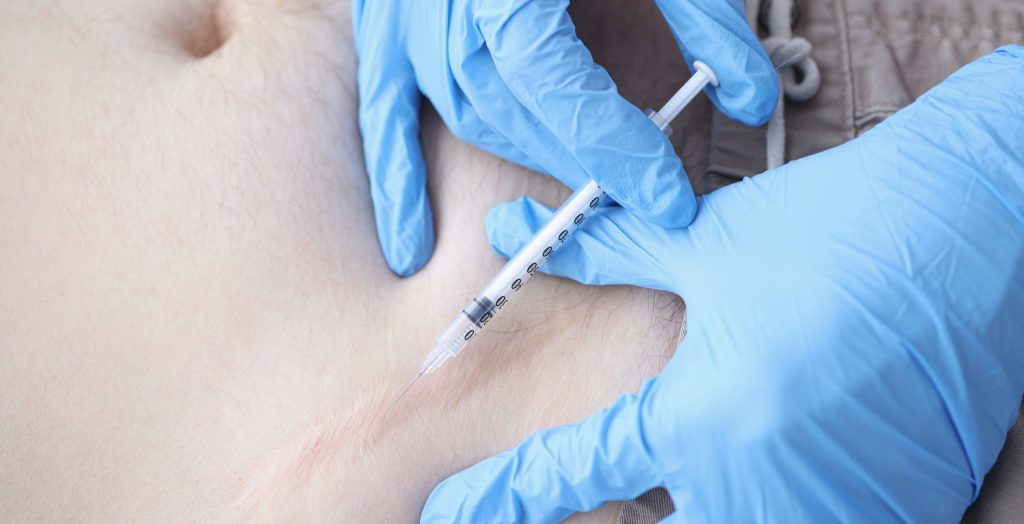
-
1. Injection of medications: Local injection of steroids or 5-FU chemotherapy drugs into scar tissue can inhibit fibroblast proliferation, soften scar tissue and reduce its size and thickness. “5-FU” (5-fluorouracil) is a chemotherapy drug commonly used to treat certain cancers, but it also has a significant effect in treating scar hyperplasia. This new treatment method can be combined with steroid injections, or as an adjuvant treatment after surgical removal of scar hyperplasia.

2. Radiation therapy: Patients can receive the first fraction of low-dose radiation therapy within 24 hours of surgery, followed by additional radiation therapy sessions on the second and third days (three times in total). The radiation inhibits cell growth and reduces the chance of new scars formation. When combined with radiation therapy, the chance of scarring recurrence can be significantly reduced.
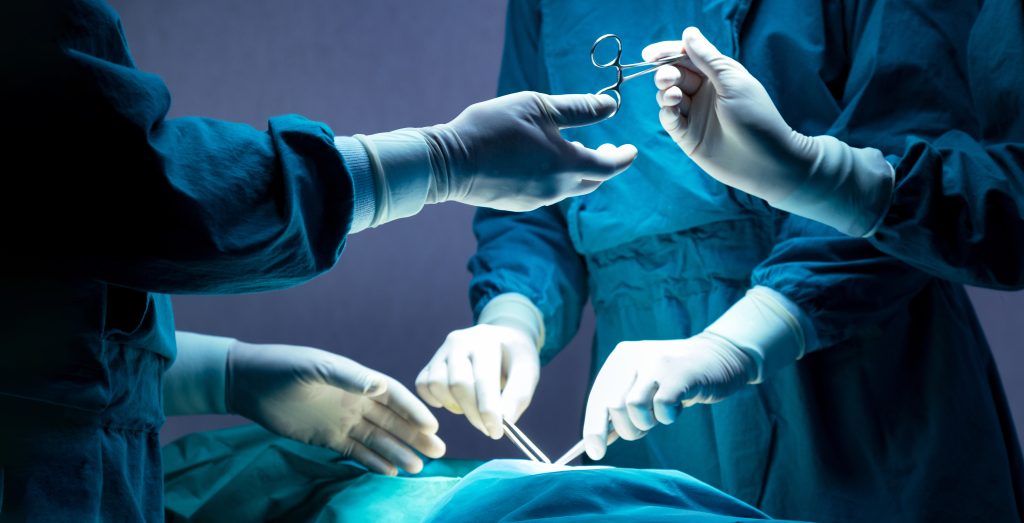
3. Surgical excision: Surgery can remove larger scars, but the chance of scars reappearing after surgery is high, and the newly formed scars may be larger than the original one, so surgery alone is rarely used to remove scar hyperplasia. It is usually used together with radiotherapy after surgery.
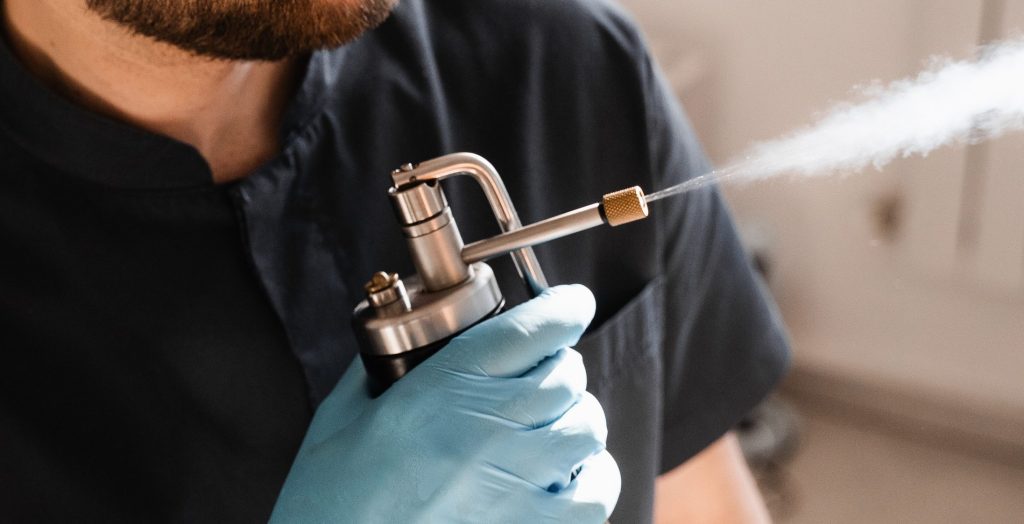
4. Cryotherapy: Cryotherapy uses extremely low-temperature liquid nitrogen to destroy the fibrous tissue in scars, causing them to shrink or flatten their surface. Side effects include pain, blisters, pigmentation, and wound infection.
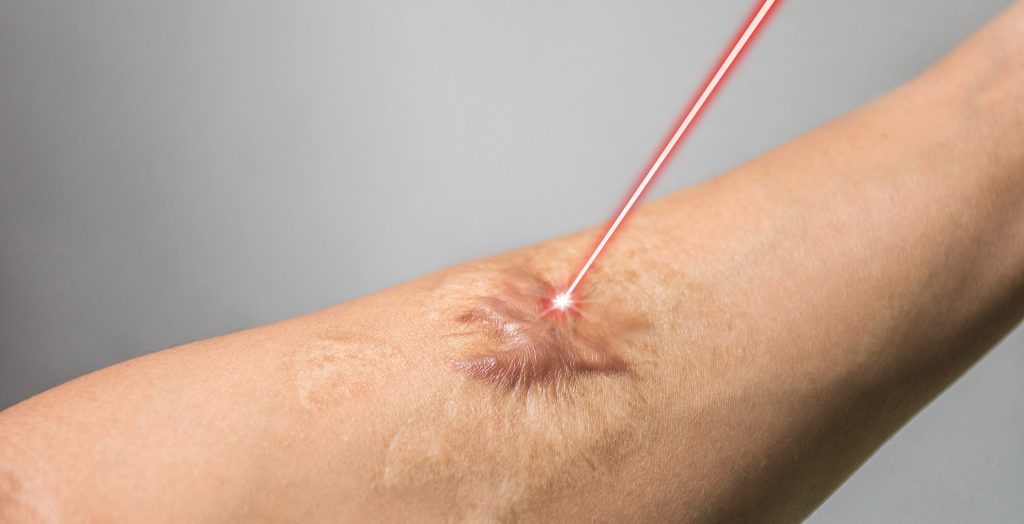
5. Laser treatment: Laser treatment can lighten the colour of scars and slow down the rate of proliferation. Pain, redness and swelling may occur after treatment, but they usually lessen over time.
Each scar type has different treatments, and the most suitable treatment plan can help completely treat scar hyperplasia. If you have any questions about your scar condition, please contact our centre to obtain optimal treatment plans and to discuss potential risks and side effects of each treatment option.
Scar Treatments Cases Sharing (Before & After)
